
How to Use XL6009: Examples, Pinouts, and Specs
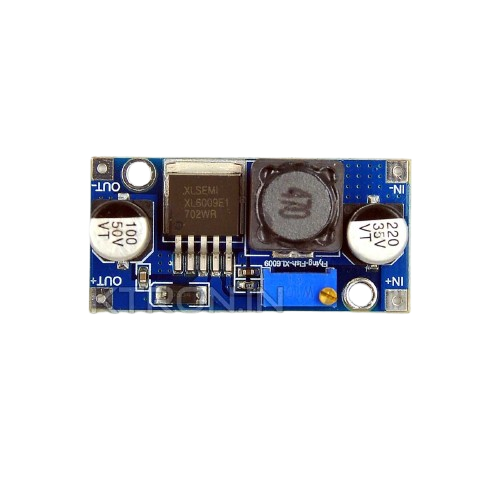
 Design with XL6009 in Cirkit Designer
Design with XL6009 in Cirkit DesignerIntroduction
The XL6009 is a high-performance, step-up (boost) DC-DC converter designed to increase a lower input voltage to a higher, stable output voltage. It is based on a high-efficiency switching regulator and is capable of delivering a maximum output current of approximately 3A. The XL6009 is widely used in applications requiring voltage regulation, such as battery-powered devices, LED drivers, solar power systems, and portable electronics.
Explore Projects Built with XL6009
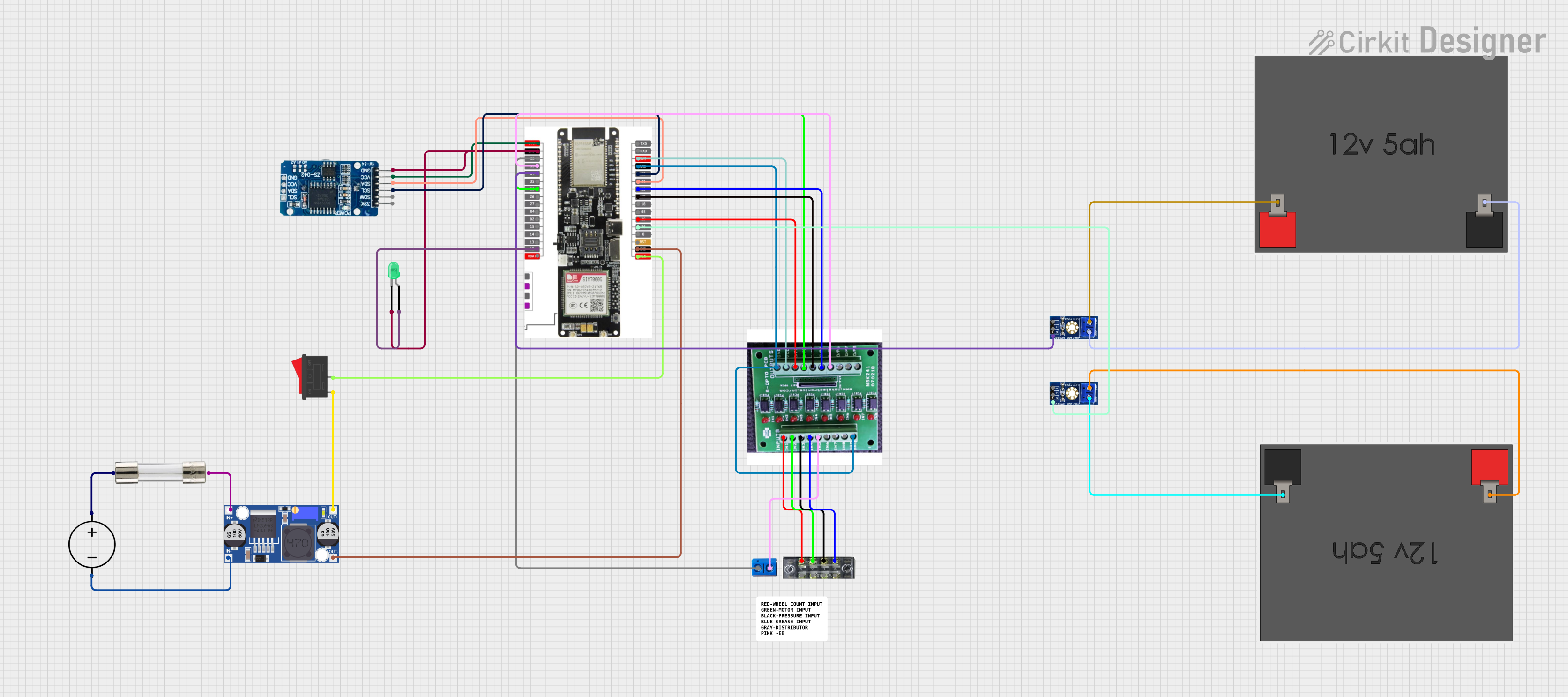
 Open Project in Cirkit Designer
Open Project in Cirkit Designer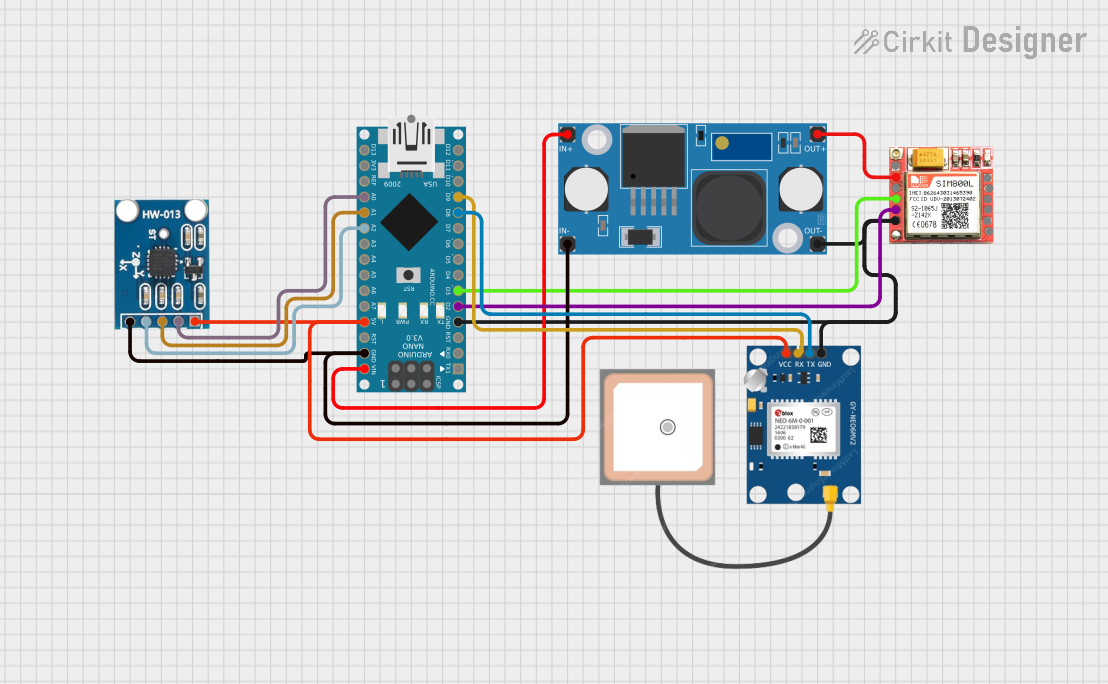
 Open Project in Cirkit Designer
Open Project in Cirkit Designer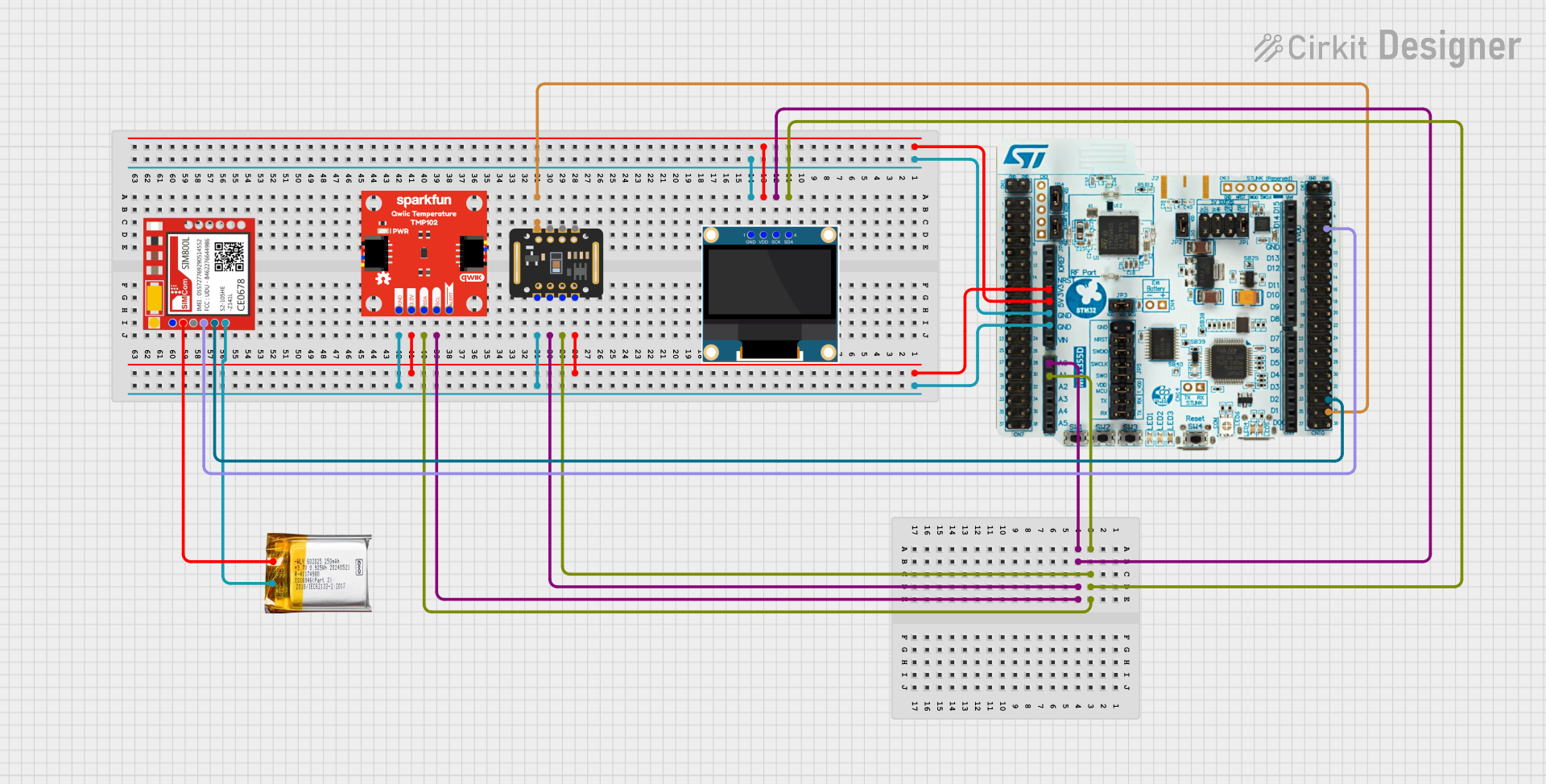
 Open Project in Cirkit Designer
Open Project in Cirkit Designer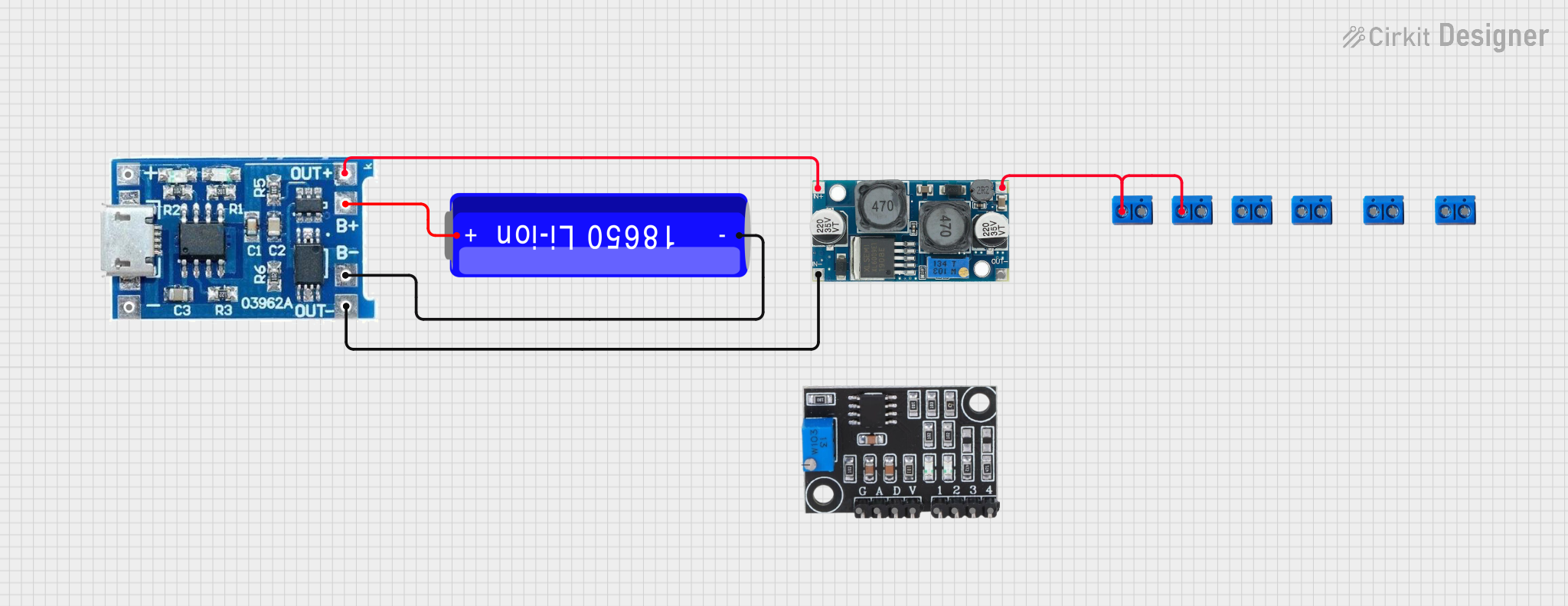
 Open Project in Cirkit Designer
Open Project in Cirkit DesignerExplore Projects Built with XL6009

 Open Project in Cirkit Designer
Open Project in Cirkit Designer
 Open Project in Cirkit Designer
Open Project in Cirkit Designer
 Open Project in Cirkit Designer
Open Project in Cirkit Designer
 Open Project in Cirkit Designer
Open Project in Cirkit DesignerCommon Applications and Use Cases
- Powering devices requiring a higher voltage than the input source (e.g., 5V to 12V conversion)
- LED lighting systems
- Solar panel voltage regulation
- Battery-powered devices
- DIY electronics projects
- Arduino and microcontroller-based systems
Technical Specifications
The XL6009 is a versatile and robust component with the following key specifications:
| Parameter | Value |
|---|---|
| Input Voltage Range | 3V to 32V |
| Output Voltage Range | 5V to 35V (adjustable via potentiometer) |
| Maximum Output Current | 3A (with proper heat dissipation) |
| Switching Frequency | 400 kHz |
| Efficiency | Up to 94% |
| Operating Temperature | -40°C to +85°C |
| Dimensions (module) | ~43mm x 21mm x 14mm |
Pin Configuration and Descriptions
The XL6009 is typically available as a module with the following pinout:
| Pin Name | Description |
|---|---|
| VIN | Input voltage (3V to 32V). Connect to the power source. |
| GND | Ground connection. Common ground for input and output. |
| VOUT | Output voltage (5V to 35V). Connect to the load. |
| ADJ | Adjustable pin. Used to set the output voltage via the |
| onboard potentiometer. |
Usage Instructions
How to Use the XL6009 in a Circuit
Connect the Input Voltage (VIN):
- Attach the positive terminal of your power source to the
VINpin. - Connect the negative terminal of your power source to the
GNDpin.
- Attach the positive terminal of your power source to the
Set the Desired Output Voltage:
- Use the onboard potentiometer to adjust the output voltage.
- Turn the potentiometer clockwise to increase the output voltage or counterclockwise to decrease it.
- Use a multimeter to measure the output voltage at the
VOUTpin while adjusting.
Connect the Load:
- Attach the positive terminal of your load to the
VOUTpin. - Connect the negative terminal of your load to the
GNDpin.
- Attach the positive terminal of your load to the
Power On the Circuit:
- Ensure all connections are secure and within the specified voltage/current limits.
- Turn on the power source and verify the output voltage.
Important Considerations and Best Practices
- Heat Dissipation: The XL6009 can handle up to 3A, but proper heat dissipation (e.g., a heatsink) is required for high current loads.
- Input Voltage: Ensure the input voltage is within the specified range (3V to 32V). Exceeding this range may damage the module.
- Output Voltage Adjustment: Always measure the output voltage with a multimeter when adjusting the potentiometer to avoid overvoltage damage to your load.
- Capacitor Selection: Use appropriate input and output capacitors to reduce voltage ripple and improve stability.
- Arduino Compatibility: The XL6009 can be used to power Arduino boards by setting the output voltage to 5V or 9V, depending on the board's requirements.
Example: Using XL6009 with Arduino UNO
To power an Arduino UNO using the XL6009, follow these steps:
- Set the XL6009 output voltage to 9V using the potentiometer.
- Connect the
VOUTpin to the Arduino's VIN pin. - Connect the
GNDpin to the Arduino's GND pin.
Here is an example Arduino sketch to blink an LED while powered by the XL6009:
// Simple LED Blink Example
// This code blinks an LED connected to pin 13 of the Arduino UNO.
// Ensure the XL6009 is set to output 9V to power the Arduino.
void setup() {
pinMode(13, OUTPUT); // Set pin 13 as an output
}
void loop() {
digitalWrite(13, HIGH); // Turn the LED on
delay(1000); // Wait for 1 second
digitalWrite(13, LOW); // Turn the LED off
delay(1000); // Wait for 1 second
}
Troubleshooting and FAQs
Common Issues and Solutions
No Output Voltage:
- Cause: Incorrect wiring or insufficient input voltage.
- Solution: Double-check all connections and ensure the input voltage is within the specified range.
Output Voltage is Unstable:
- Cause: Insufficient input/output capacitors or excessive load.
- Solution: Add appropriate capacitors (e.g., 100µF electrolytic) to the input and output.
Overheating:
- Cause: High current load without proper heat dissipation.
- Solution: Attach a heatsink to the XL6009 module or reduce the load current.
Output Voltage Not Adjustable:
- Cause: Faulty potentiometer or incorrect adjustment.
- Solution: Verify the potentiometer is functional and adjust it carefully while monitoring the output voltage.
FAQs
Q: Can the XL6009 step down voltage as well?
A: No, the XL6009 is a step-up (boost) converter and cannot step down voltage. For step-down applications, use a buck converter like the LM2596.
Q: What is the maximum input current for the XL6009?
A: The input current depends on the load and efficiency. For a 3A output at 12V, the input current will be higher due to power conversion losses.
Q: Can I use the XL6009 with a solar panel?
A: Yes, the XL6009 is suitable for solar panel applications. Ensure the input voltage is within the module's range and use capacitors to stabilize the input.
Q: Is the XL6009 safe for sensitive electronics?
A: Yes, but ensure proper voltage adjustment and use capacitors to minimize voltage ripple. Always test the output voltage before connecting sensitive devices.